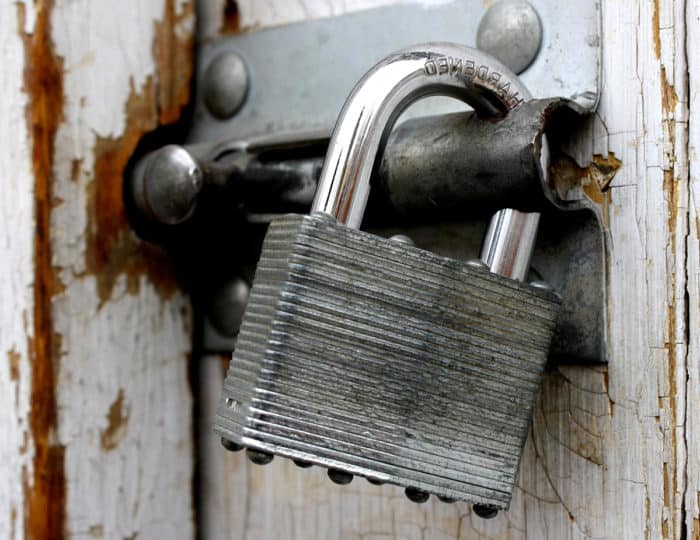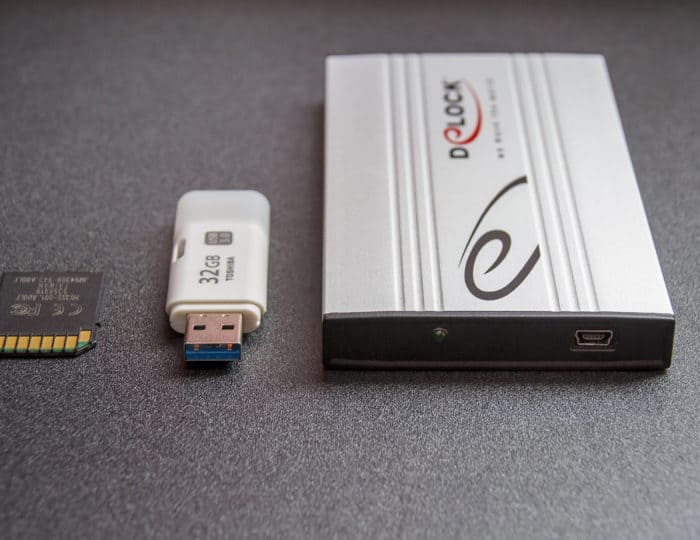Registering a domain name is one of the first things you’ll do when you create your website. You’ll spend hours, days or even weeks agonising over the right name to give your site. You might even end up buying several options over your blogging life, using them for various projects, rebranding your site or collecting them like trading cards for one of several ideas you hope to make at some point in the future.
And then there they sit without much attention or waiting for their turn to shine. Some, you might have registered with your web host because it was free the first year when you signed up. Others are with a more traditional provider like Godaddy or Namecheap. You end up with domains spread out across providers without any real governance or recollection of where and how to find them.
I see it all too often and here’s why you need to take better care of them.
You see, for the lifetime of your site, you are almost guaranteed to move web hosts multiple times as your site grows, you get fed up with the support offered and/or the price becomes overwhelming. Each time you change your web host, you need to update the records on your domain to reflect this change. Knowing where to update the nameservers on your domain is a required part of a web host move.
Domain names also don’t just renew for free. You have to ensure your payment details are updated. Having your credit card expire and the details not updated with the domain name registrar is one of the common reasons to see your website go offline. An expired domain can take up to 24 hours to come back to life after fixing the billing issue.
Many of us are also guilty of having just one too many email addresses. Say you registered your website using an email address that you no longer use, were hacked or can’t remember the login anymore. You then miss the renewal notices, and your domain expires. You can’t log in anymore to pay the renewal as you forgot the password, and all the password reset emails go to that email address you can no longer get into. Getting your site back online from this point could take days to resolve.
While it’s never quite as disastrous as that last example, any sort of combination of the above can easily sneak up on you without a little organisation and planning.
So here’s a few tips to avoid ever having problems with your domain names again:
- Always keep your domain registrations with the same provider. This ensures you know where they all are and makes managing renewals far easier to track. Even create a spreadsheet with all the details for extra organisation.
- Set up reminders in your calendar to go off 2 weeks before a domain is set to expire so you can be sure your domain will never expire by accident.
- Transferring domains between providers is easy to do, paying only for an extra years renewal as part of the transfer process. So don’t leave domains spread out as you think it’s too difficult.
- Be sure to review your contact details on your domain registration. You must legally provide an address and contact info (phone/email address) for your domain name. By making sure this is correct, you can easily recover access if you ever get disconnected from your domains.
- Always get whois protection for your domain name. Without this, your address, phone number and email address are visible to the world. Ever wondered why you get weird phone calls about your domain just after you registered it? This is why. Getting that protection hides your important details from the world.
- And finally, don’t keep your domain registrations at the same place as you host your website. You will swap web hosts, and moving your website to a new provider is a lot easier than moving your domain names each time. It also works out far cheaper to register them with a dedicated domain registrar than a web hosting provider.
Now, who do you choose as your all-important keeper of domains? Everyone has their favourites for various reasons but my personal favourite is hover.com.
I like their clean, simple interface and the fact they bundle whois protection into the pricing, so I don’t have to think about it. They won’t be the cheapest provider you can pick from, but at least you won’t be bombarded with a million upsell options each time you go near your account like some others.
Organising your domain names is a really dry boring part of running your website business but you have to remember if your domain name goes down for non-payment your website and your email address goes down with it. That can be far more costly than making sure to pay the $15-20 a year fee to have it.




